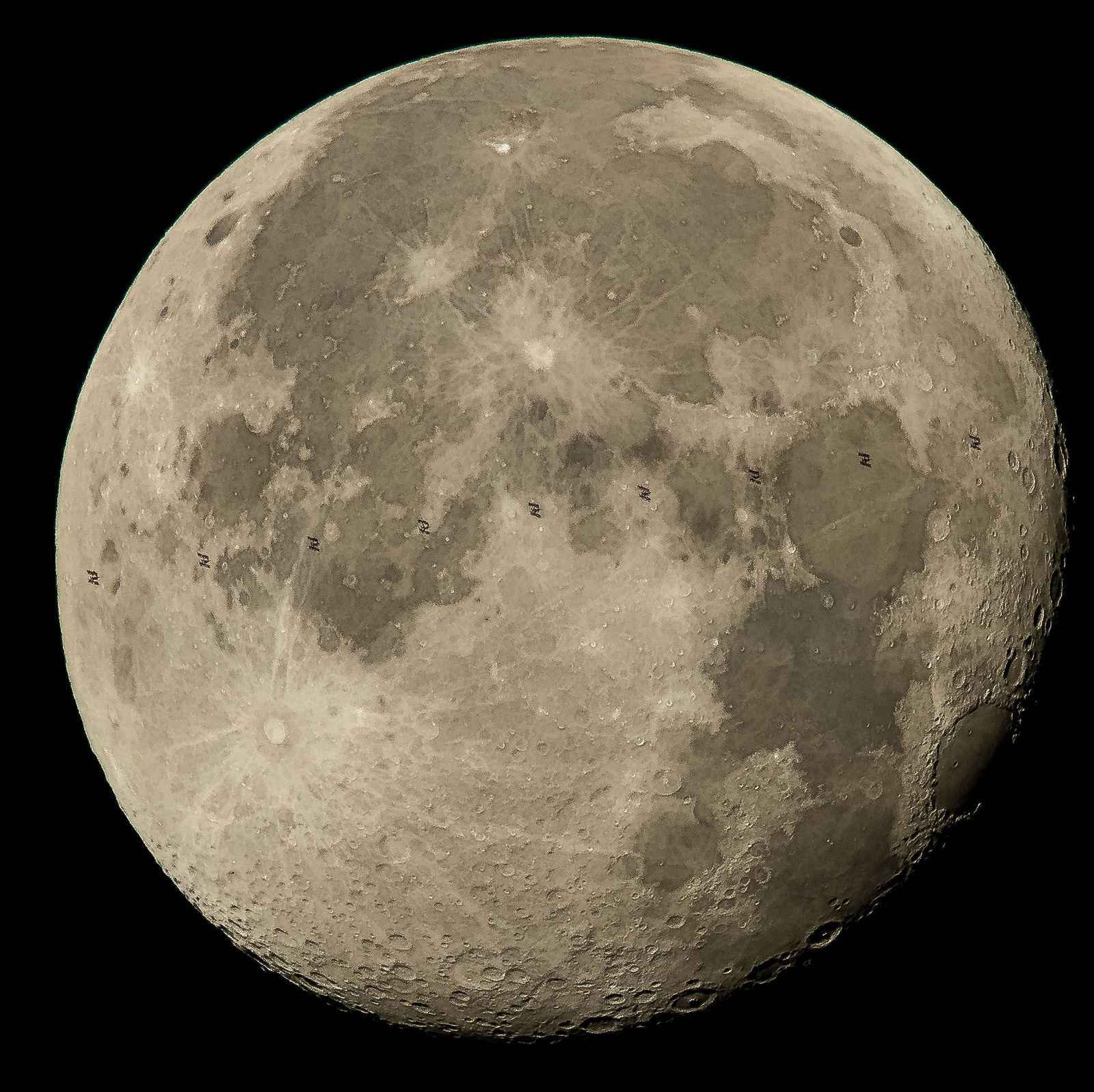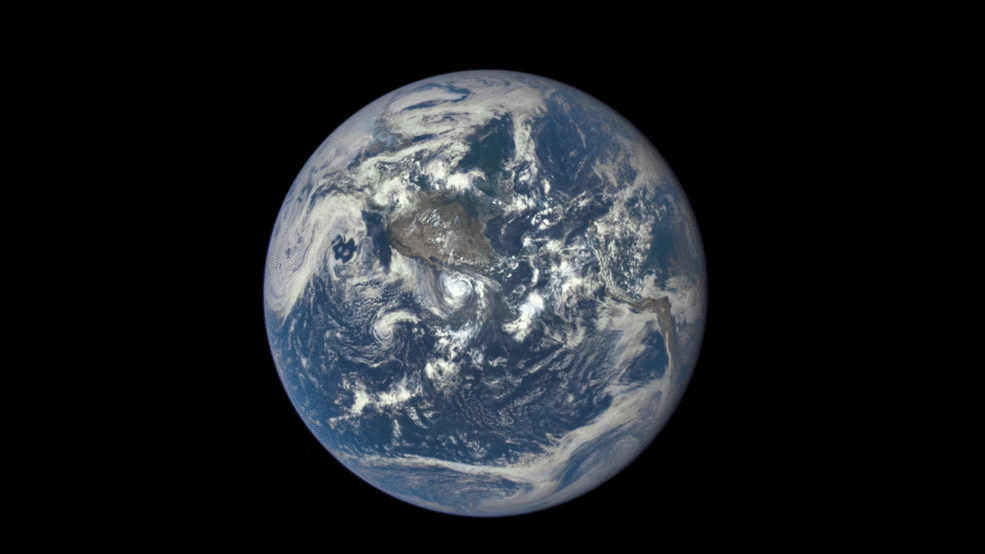
Figure 1 – The International Space Station transits the blue moon on August 2, 2015. From Bill Ingalls/NASA and in the public domain.
A couple of days ago a reader sent me this photograph (Figure 1) from NASA showing the International Space Station transiting across the blue moon on August 2nd. This means that the path of the ISS placed it directly, line-of-sight, between the Earth and the Moon. It is a wonderful picture in that the shape of the space station is clear and it is highly reminiscent of images from Star Trek showing the Starship Enterprise crossing over some planet. The message is obvious, we are Star Trek, we are going where no man has ever gone before. And in that respect the photograph is amazing. How many pictures truly define the future?
Well fast forward a couple of days and NASA releases Figure 2 taken with a camera abord the Deep Space Climate Observatory (DSCOVR) satellite and captures the moon as she moves in front of a sunlit Earth last month. I will point out that the Earth’s gravitation locks the moon so that it always turns one side towards us. So what you are looking at is the dark side of the moon. The satellite camera captured a unique view of the moon as it moved in front of the sunlit side of Earth last month. The series of test images shows the fully illuminated “dark side” of the moon that is never visible from Earth.
‘Everyone is a moon, and has a dark side which he never shows to anybody.’
Mark Twain
(DSCOVR) satellite

